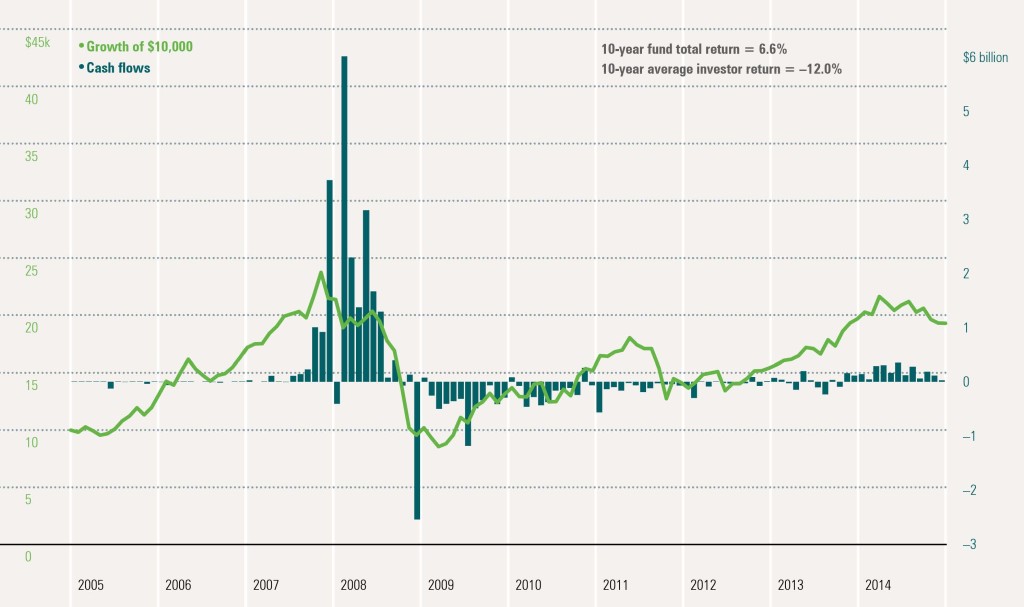Archives
What Do I Do Now? Part 1
Last Updated: September 15, 2015
What Do I Do Now? Six Ways to Deal with Market Losses in Retirement, Part One
I’ve been thinking lately about some retired friends of mine who made a big mistake with their finances. Seven years ago they reacted emotionally when the stock market was down, and they’re still paying a heavy price for that decision today. I can’t really blame them for getting scared when the market collapsed in 2008. They had recently retired and were looking forward to enjoying this new phase of their lives together. But now they saw their retirement accounts, which held the money they had worked so hard to save over the years, plummet in value. My friends needed this money to live on! They couldn’t sleep, their stomachs were in knots, and they were nervous wrecks. Two different financials advisers encouraged them to leave the money alone and let it come back, but their fear was too strong. Their accounts were down 30% when they decided they’d had enough and pulled it all out of the market. If they had left the money where it was for three years, it would have all returned to its previous levels. Unfortunately they’re now stuck trying to live on 70% of the resources they thought they’d have available. They’ll be ok, but their retirement is not going to be all they had dreamed. You might be feeling now the way my friends felt in 2008. With the wild ride the market has been on the last few weeks, many retirees are wondering if it’s time to get off the roller coaster. So how do you decide whether or not to make a change, what changes to make, and when to make them? There are six important principles to keep in mind. In this first of two articles, we’re going to focus on three things not to do during a market downturn. The next article will cover the three things to do after the market has recovered and before the next decline hits your account.What NOT to do during a downturn
1) Don’t panic. Instead of focusing on current short-term losses, concentrate on the long-term growth your account has received. The S&P 500 more than doubled in value in the four years after March of 2009. A 10% or even 20% loss now still puts you well ahead of the game. And while there are no guarantees for the future, from the inception of the stock market until now, the market as a whole has recouped any losses within ten years. 2) Don’t try to time the market. This is not the time to make big changes. Chasing returns causes you to break the most basic rule of investing, which is to buy low and sell high. As you can see on the following chart, the 10-year return of the market from 2005-2014 was 6.6%, but the average return investors actually received was -12.0%! Why? Because people invested reactively instead of using a disciplined, proactive approach.Hot-Hand Fallacy: Chasing Fund Performance Wealth versus cash flows 2005-2014

Source: © 2015 Morningstar. All Rights Reserved. Past performance is no guarantee of future results. This is for illustrative purposes only and not indicative of any investment. An investment cannot be made directly in an index.
People saw the market skyrocket from 2005-2007 and so they decided they wanted a piece of the action. As a result, they bought into the market right when it was at its height. Then when it came crashing down people got scared and pulled out – locking in their losses when the market was low.
3) Don’t ignore your financial advisor. Contact a Certified Financial Planner™ professional and ask that person to look over your investments with you. Studies show that people are twice as likely to feel confident in their financial future when they are in a comprehensive financial planning relationship. They also show that those working with a professional adviser are more than two and a half times as likely to rebalance their portfolio after times of market volatility1. A good adviser will provide you with the assurance you need to stick with your plan and make wise choices with your money. For help protecting your nest egg and generating the income you need in retirement, contact the Certified Financial Planner™ professionals at Pension Consultants by calling 800-234-9584. Your choice is your future.


